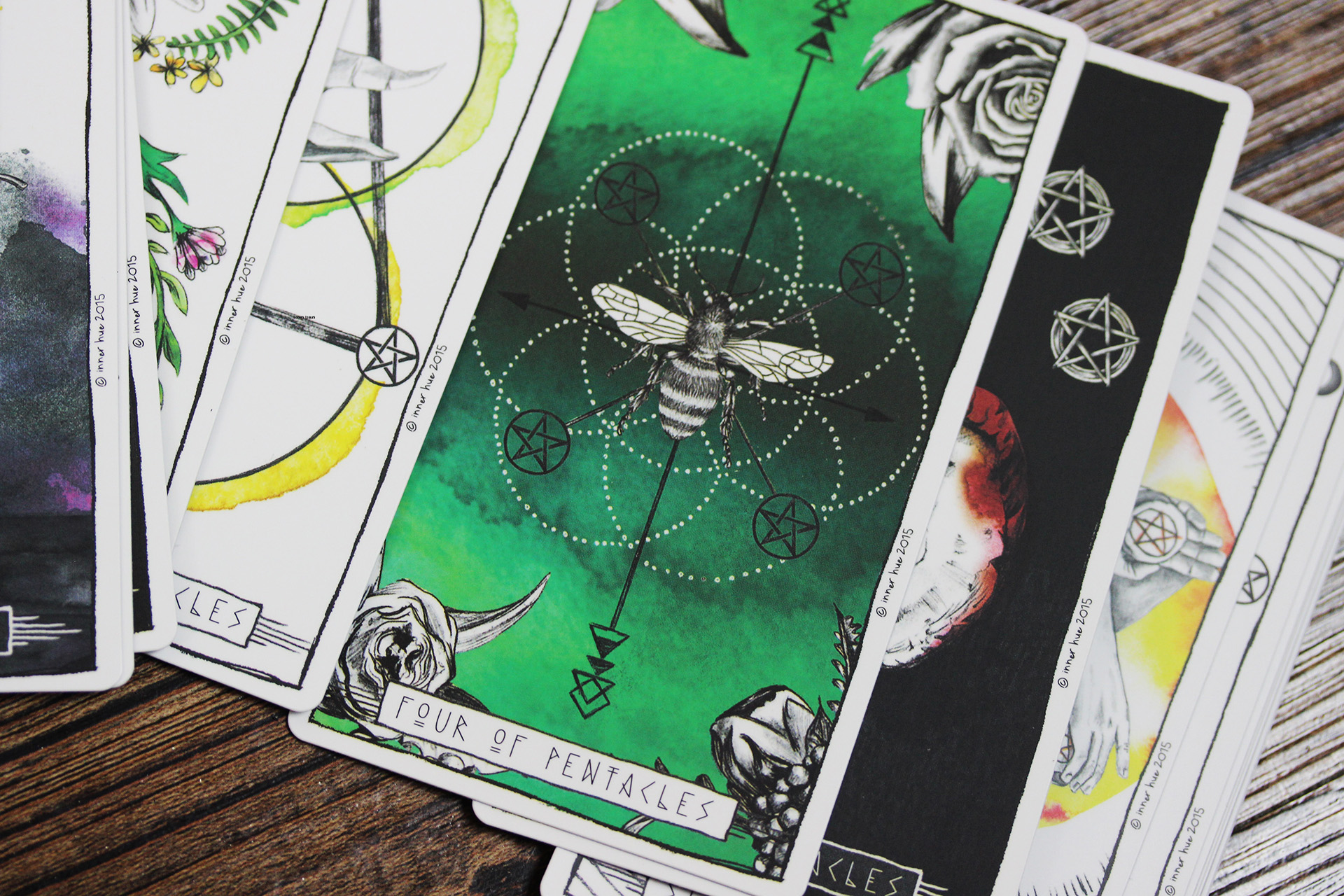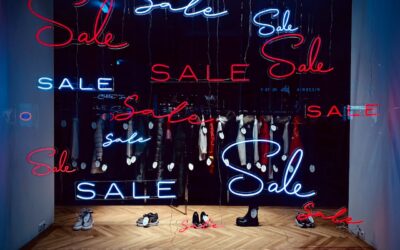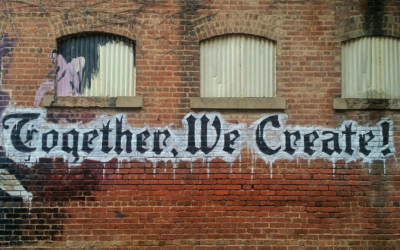As any consultant will confirm, agencies come with a certain future-looking expectation. We’re the experts, and we should be able to predict what’s next. When yet another decade comes to an end, we’re all called upon to look at the last 10 years to predict the next 10.
Turns out, though, that humans are not great at predicting the future. We as a people struggle to interpret data, remove biases, and consider factors we can’t control. We can make educated guesses, and come pretty darn close. But you know what they say about close…
15%: Share of events that experts predicted would “never” occur that actually did, according to one study.
Source: “Prediction,” Quartz Daily Obsession Email, Dec 9, 2019
25%: Share of events they said would definitely happen that did not, according to the same study.
Consider the 75% of those events predicted to happen that have happened. And, who’s to say that those last 25% of events couldn’t happen at some point in the future? That’s not bad, but shouldn’t we be able to get even closer to perfect? We have more data than ever before in human history, and we’re creating technologies at a crazy-rapid pace that have the potential to change our world drastically overnight. However, we get in our own way with hubris.
1876: “The Americans have need of the telephone, but we do not. We have plenty of messenger boys.”
— William Preece, British Post Office
1946: “Television won’t be able to hold on to any market it captures after the first six months. People will soon get tired of staring at a plywood box every night.” — Darryl Zanuck, 20th Century Fox
1966: “Remote shopping, while entirely feasible, will flop.” — Time MagazineSource: Forbes‘ “15 Worst Tech Predictions of all Time”
2005: “There’s just not that many videos I want to watch.” — Steve Chen, CTO and co-founder of YouTube expressing concerns about his company’s long term viability.
Only hindsight allows us to indulge in the hilarity of dead-wrong predictions. Of course, if the circumstances were different, it’s entirely possible someone could have invented a technology to replace telephones before they really took off (a la Betamax). Or, those messenger boys could have figured out a way to add value to their services (speed, food delivery, use of messenger pigeons, etc.) and not get phased out in England too.
But because things worked out the way they did (so far), the telephone was a big deal, television, online shopping and online videos are currently massive moneymakers, and marketers have figured out how to advertise on all of those platforms. Sure, the phone’s importance has diminished because of email, text and instant message, hybrids like Slack, and video conferencing, but it’s still a standard communication tool. Regardless of your OS, you still have a phone nearby even if you never use it as an actual telephone.
Okay, so individually, we’re crummy at predicting. Our knowledge is just too limited. But get a crowd together (especially a diverse, large crowd), and you get closer and closer to that elusive 100% success rate.
“There’s a lot of noise, a lot of statistical random variation,” psychologist Philip Tetlock said. “But it’s random variation around a signal, a true signal, and when you add all of the random variation on each side of the true signal together, you get closer to the true signal.”
Source: NPR Morning Edition
Combine the expertise of the crowd with all that data, and it’s far easier to make accurate predictions, especially if you don’t commit to declarations. For instance, one can ascertain that at some point, telephones will go the way of the messenger boy and be replaced by something that’s even better for replicating in-person conversation. Only by gathering dozens or even hundreds of inputs and organizing all the datasets could someone get close to making an educated prediction, but the general consensus is there and we can make allowances for that future.
In the near term, as we strive for stronger and wider collaboration to harness the power of our teams’ collective knowledge and experience, we’ll continue to make the best, most careful predictions possible. More usefully for our clients, we’ll keep trying new things, testing new combinations, and pushing boundaries — in 2020 and beyond.
Photo by Jen Theodore on Unsplash





